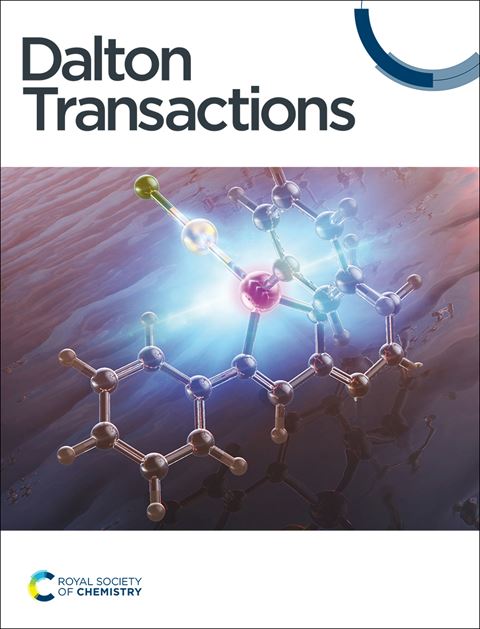Carbon composited zinc ion doped vanadium dioxide synthesized by the hydrothermal method based on surfactant regulation as the cathode material for aqueous zinc ion batteries
IF 3.5
3区 化学
Q2 CHEMISTRY, INORGANIC & NUCLEAR
引用次数: 0
Abstract
Aqueous zinc-ion batteries are regarded as having the potential for large-scale application owing to their low cost and inherent safety. However, due to the slow kinetics of cathode materials and the suboptimal microstructure, AZIBs often exhibit unsatisfactory stability during actual cycling. The rational design and development of cathode materials possessing high specific capacity and long-cycle stability hold significant importance for the progress of AZIBs. Here, carbon-nanosphere-composited, zinc-ion-doped VO2 (SZVO@C) electrode materials were fabricated through hydrothermal process with the assistance of sodium dodecyl sulfonate. Under the modulation of surfactants, the SZVO@C electrode exhibits a rose-like cluster structure composed of nanosheets, this confers a more extensive specific surface area, measuring 40.2 m² g-1. Under a current density of 0.5 A g-1, the SZVO@C electrode exhibits an outstanding specific capacity of 360 mAh g-1. Moreover, it showcases exceptional cycling stability at 5 A g-1, retaining an impressive 98% of its capacity even after 2000 cycles. The SZVO@C electrode's remarkable cycling performance can be attributed to two key factors. Firstly, it has an outstanding specific surface area. Secondly, there is a morphological alteration that occurs during the first charge. The tight bonding between the cathode material and conductive carbon improves electron transfer efficiency and effectively reduces charge transfer resistance. GITT tests show that the SZVO@C electrode has an excellent Zn2+ diffusion coefficient of 1.3 × 10-10 to 1.52 × 10-8 cm2 s-1, which provides a strong guarantee for its excellent cycling performance. The ex-situ XPS and XRD examinations unveil the storage mechanism of Zn2+. During the initial cycle, the SZVO@C electrode forms the new phase ZnxV2O5·nH2O, the pristine ZnyVO2 engages in a subsequent reversible cycle along with the new phase. This research work clearly demonstrates that employing surfactants to regulate the microstructure of cathode materials and incorporating carbon materials constitute a potent strategy to enhance the performance.求助全文
约1分钟内获得全文
求助全文
来源期刊

Dalton Transactions
化学-无机化学与核化学
CiteScore
6.60
自引率
7.50%
发文量
1832
审稿时长
1.5 months
期刊介绍:
Dalton Transactions is a journal for all areas of inorganic chemistry, which encompasses the organometallic, bioinorganic and materials chemistry of the elements, with applications including synthesis, catalysis, energy conversion/storage, electrical devices and medicine. Dalton Transactions welcomes high-quality, original submissions in all of these areas and more, where the advancement of knowledge in inorganic chemistry is significant.
 求助内容:
求助内容: 应助结果提醒方式:
应助结果提醒方式:


